SuperEx丨BTC Reaches $82,000: Analyzing the Bullish Trend and Evaluating Bubble Risks
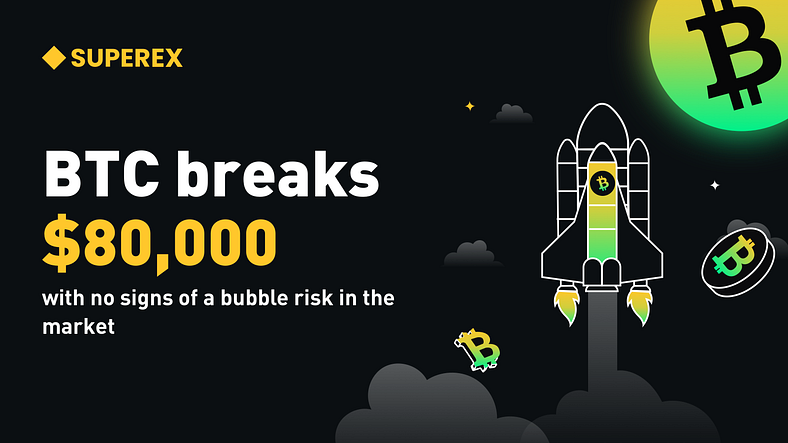
#SuperEx #BTC #Crypto
Bitcoin has surpassed a new milestone, reaching $82,000, fueling discussions in the financial world. Although some worry that the market might be displaying signs of a speculative bubble, several indicators suggest that the current price movement may actually be grounded in robust fundamentals and growing adoption. Let’s dive into the key factors driving this rally, how it compares to past cycles, and the underlying indicators that could help gauge if there’s a bubble or if BTC is setting the stage for sustained growth.
- Click to register SuperEx
- Click to download the SuperEx APP
- Click to enter SuperEx CMC
- Click to enter SuperEx DAO Academy — Space
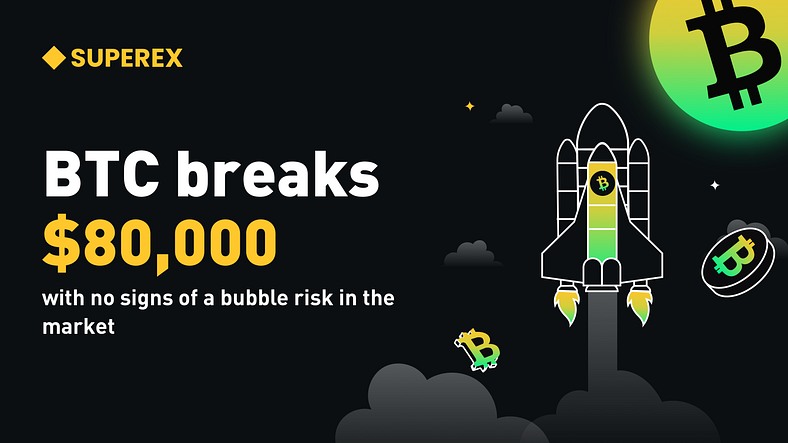
BTC Reaches $82,000: Analyzing the Bullish Trend and Evaluating Bubble Risks
Bitcoin has surpassed a new milestone, reaching $82,000, fueling discussions in the financial world. Although some worry that the market might be displaying signs of a speculative bubble, several indicators suggest that the current price movement may actually be grounded in robust fundamentals and growing adoption. Let’s dive into the key factors driving this rally, how it compares to past cycles, and the underlying indicators that could help gauge if there’s a bubble or if BTC is setting the stage for sustained growth.
1. Factors Behind BTC’s Surge to $82,000
Bitcoin’s recent price surge isn’t an isolated event but rather the product of several interwoven trends. The primary drivers include institutional investment, growing retail adoption, the expansion of blockchain technology, and shifting macroeconomic conditions.
Institutional Involvement and Adoption: In the past, Bitcoin was primarily driven by retail investors. Now, however, major institutions and corporations have increased their participation. Companies such as BlackRock and Fidelity have openly endorsed Bitcoin as a hedge against inflation and economic instability, which has enhanced its legitimacy and perception as a safe-haven asset. This confidence from institutional investors has been pivotal in driving BTC’s demand, which in turn boosts price stability and market maturity.
Increasing Accessibility and Retail Demand: Platforms offering crypto trading are now more accessible, allowing retail investors from various demographics and countries to participate in the market. With platforms such as PayPal and Robinhood providing direct access to Bitcoin, retail demand has grown steadily. This diversity of investors contributes to BTC’s liquidity and stability, reducing the possibility of dramatic price swings.
Blockchain and Technological Advancements: Bitcoin’s underlying technology has also evolved. Layer 2 solutions, such as the Lightning Network, have made transactions faster and cheaper, making BTC more practical for everyday transactions. These technological improvements signal that Bitcoin is not just an investment but a usable currency, which strengthens its value proposition and attracts a broader range of users.
2. Comparing the Current Bull Run to Previous Cycles
The current rally is notably different from the parabolic price increases seen in previous bull markets. In prior cycles, Bitcoin’s rallies were often fueled by speculative frenzies, with retail investors taking on large amounts of leverage to maximize their positions. This excessive leverage led to dramatic rises in price followed by swift crashes. In 2017, for instance, BTC rose from around $1,000 to nearly $20,000 before losing more than 80% of its value in the following year.
Today, the leverage ratios in Bitcoin’s futures markets are considerably lower, which implies that price increases are being driven more by spot purchases than by leveraged speculation. Additionally, recent data shows that more long-term holders (or “HODLers”) dominate the market, and they are less likely to panic-sell during minor dips, providing stability.
This indicates a shift in market dynamics. Rather than a speculative bubble, Bitcoin’s current price increase may be attributed to genuine demand from both institutional and retail investors, who view BTC as a long-term investment rather than a quick-profit asset.
3. Market Sentiment and Stability Indicators
Market sentiment is an important aspect to monitor when evaluating the potential of a bubble. Positive sentiment among long-term holders, alongside conservative leverage in trading markets, hints that BTC’s price surge could be sustainable. Let’s examine some key sentiment indicators:
Low Leverage Ratios: As noted, the relatively low leverage in Bitcoin futures markets means that the current price level is not overly dependent on borrowed funds. This reduces the likelihood of a forced liquidation cascade that could lead to sudden price drops.
Institutional Buy-and-Hold Behavior: Institutions are not only buying BTC but are also holding it in significant quantities. Companies like Tesla, MicroStrategy, and Block (formerly Square) continue to retain Bitcoin as a core asset, reducing its liquidity and protecting the market from drastic supply shocks.
Supply on Exchanges: A decreasing supply of BTC on exchanges is another promising indicator. When Bitcoin is moved off exchanges and into cold storage, it’s generally a sign that holders are not looking to sell in the short term, which can support prices by limiting the available supply.
BTC Reaches $82,000: Analyzing the Bullish Trend and Evaluating Bubble Risks
4. Broader Macroeconomic and Regulatory Factors
Bitcoin’s recent performance is also connected to broader economic conditions and regulatory developments.
Inflation Concerns: With global inflation rates remaining high, investors are seeking alternative assets to preserve wealth. Bitcoin, often referred to as “digital gold,” is seen as a potential hedge against inflation, particularly as its supply is capped at 21 million coins. This narrative has gained strength as more investors look to Bitcoin as a store of value amidst inflationary pressures on traditional currencies.
Positive Regulatory Developments: Regulatory acceptance of Bitcoin and other cryptocurrencies has increased, further validating them as viable financial assets. The approval of Bitcoin ETFs, for example, has created more opportunities for institutional and retail investors alike. Additionally, countries like El Salvador have recognized Bitcoin as legal tender, which sets a precedent for further adoption on a national scale.
5. Technical Indicators and Their Role in Analyzing Bubble Risks
Various technical indicators also support the notion that Bitcoin’s current price level may be sustainable. These metrics help differentiate between a healthy bull run and a speculative bubble.
Realized Cap and Market Value to Realized Value (MVRV): The Realized Cap (total value of all BTC based on the price at which each coin last moved) suggests that BTC is not overpriced compared to the actual capital invested. The MVRV ratio, which measures Bitcoin’s market value relative to its realized value, indicates whether BTC is overbought or oversold. At its current level, BTC’s MVRV ratio suggests the price is aligned with the underlying market activity, unlike previous bubbles where MVRV spiked significantly.
Long-Term HODLers vs. Short-Term Speculators: The long-term holders’ dominance, as shown by the HODL Waves metric, signals a healthy accumulation of BTC rather than short-term speculative trading. HODL Waves reveal the proportion of BTC supply held by long-term investors, and recent data shows an increase in holdings by entities that have owned BTC for over a year.
Supply on Derivatives Platforms: The lower supply of BTC on derivatives exchanges, where speculative trading often occurs, suggests that the current price movement is primarily influenced by spot buying rather than speculative futures or options contracts.
6. Conclusion: A Positive Market Trend Without Bubble Indicators
The data surrounding Bitcoin’s rise to $82,000 points to a fundamentally strong and maturing market rather than an asset bubble. With increased institutional participation, low leverage ratios, and a diverse investor base, Bitcoin’s current rally appears more stable than in past cycles.
Of course, volatility will always be a characteristic of the cryptocurrency market. However, with Bitcoin’s increasing role as a store of value and a hedge against inflation, its appeal continues to grow. This positive trend, supported by both macroeconomic conditions and technical advancements, suggests that Bitcoin’s upward trajectory could be sustainable.
In summary, while Bitcoin’s rapid appreciation to $82,000 may lead some to wonder about a bubble, the market’s structural stability, strong demand from varied sectors, and supportive technical indicators collectively suggest that this rally is driven by genuine interest and long-term potential rather than excessive speculation. As Bitcoin solidifies its place in the financial landscape, its future may hold even more promising developments.



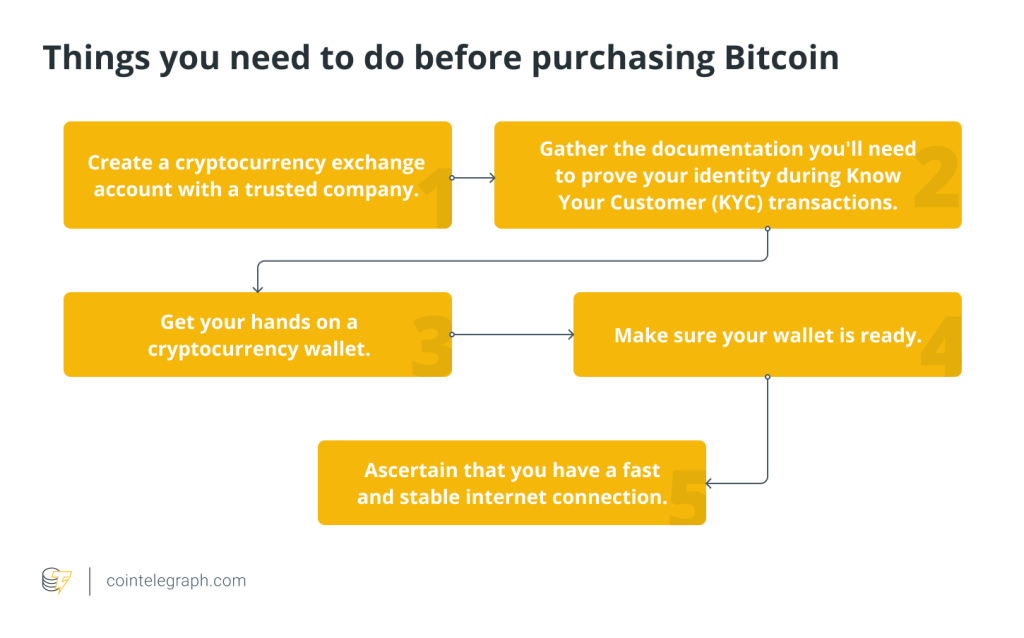
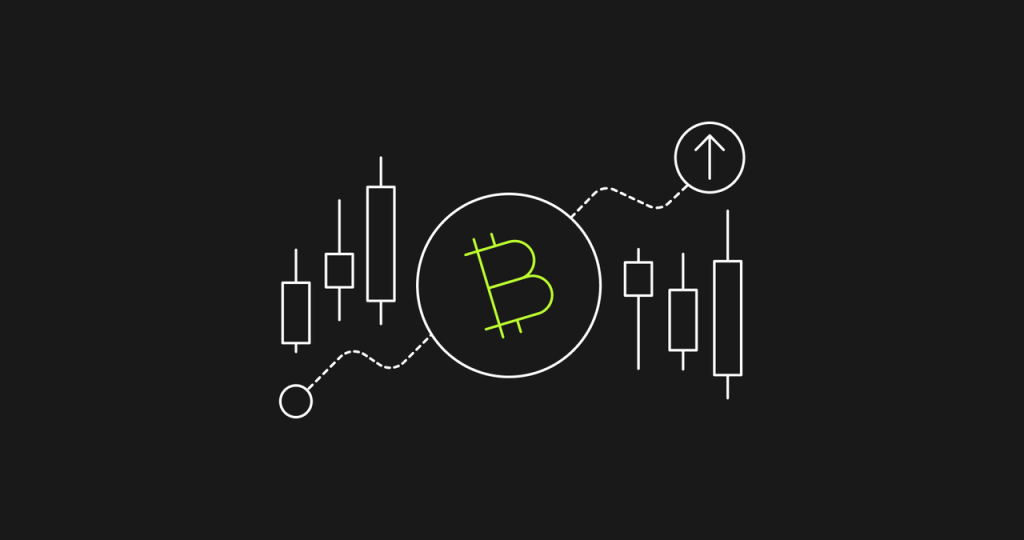
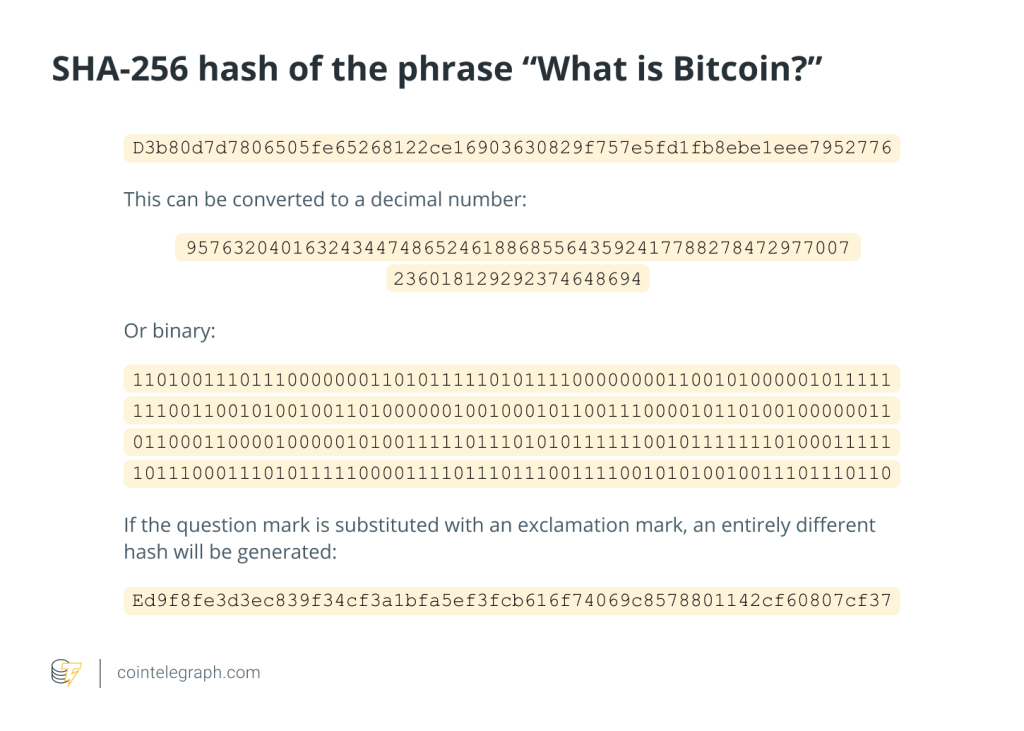
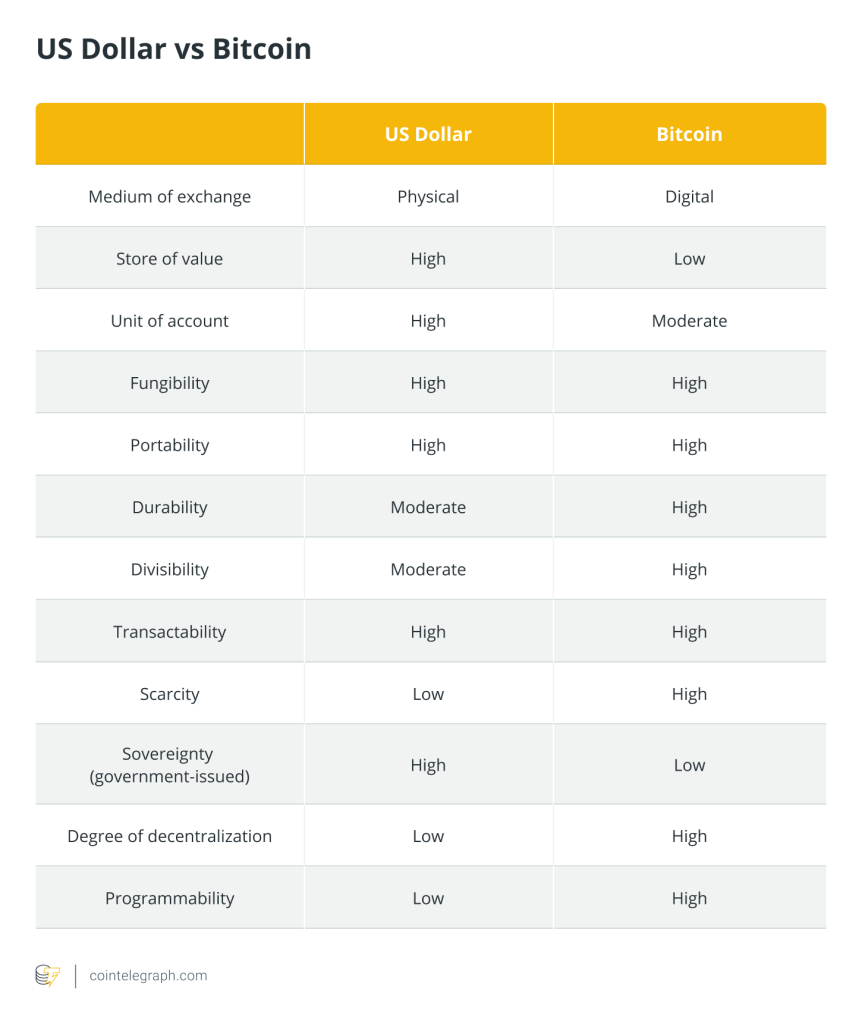
Responses